Novel blends enhance productivity and Vibrio resistance

Disease outbreaks in the shrimp farming industry have caused substantial economic losses around the world and, in particular, the recent “early mortality syndrome” (EMS) due to plasmids in Vibrio bacteria is a growing threat. In addition to decreasing immunity, EMS causes substantial hepatopancreatic damage to shrimp, which gradually induces mass mortalities. Moreover, with a greater restriction or altogether ban on antibiotic use, this can leave shrimp farmers with fewer options to protect their animals against bacterial diseases.
Organic acids in shrimp feeds
In response, researchers have investigated environmentally-friendly dietary alternatives as potential prophylactics. One potential alternative are organic acids, which are “Generally Regarded as Safe,” or GRAS, and that have been used for decades with success as growth promoters and antimicrobials in the terrestrial livestock feed industry. However, not much is known about their efficacy to shrimp farming productivity.
Recently, our laboratory research group conducted a controlled study where Pacific white shrimp (Litopenaeus vannamei) were fed with different dietary levels of a prototype microencapsulated organic acids blend (OAB) at 0 (control), 1, 2 or 4 percent and evaluated their growth performance, phenoloxidase (PO) activity and hepatopancreatic histopathology after 50 days. Dry matter and phosphorus utilization efficiency were also determined. At the end of the feeding trial, shrimp were challenged with pathogenic Vibrio harveyi and their survival monitored along with the associated changes to immunity and hepatopancreatic histopathology.
Novel microencapsulated organic acids
Various organic acids were pre-screened, alone and in combination, for their antagonistic and synergistic activities to Vibrio sp. in order to formulate an optimal blend. This was followed by a two-month pilot study on white shrimp to narrow down the most appropriate dietary OAB levels. The OAB was then microencapsulated to minimize leaching, which is particularly important for crustaceans that are relatively slow feeders and tear apart their diets while feeding.
The propriety OAB (OrgacidsTM-AQUA) was developed and produced in collaboration with Sunzen Feedtech Pte. Ltd. (Malaysia) in which four organic acids (formic, lactic, malic and citric acids) were coated in a specialized lipid matrix using high-speed, centrifugal spray cooling technology that produced micro-capsules of less than 250 microns. The final product was a free- flowing fine powder, non-corrosive and resistant to water leaching of the soluble organic acids. More importantly, the encapsulation process should allow a slower release of the organic acids throughout the entire length of the shrimp gut for optimal efficacy.
The OAB was added to the shrimp practical diets at 0 (control), 1, 2 or 4 percent. Soybean meal and squid liver oil were the main protein and lipid sources, respectively.

Shrimp feeding trial
Triplicate groups of shrimp were hand-fed their respective experimental diet three times a day to apparent satiation in a closed recirculating system for 50 days and then we measured their growth, PO activity and hepatopancreatic histopathology. In a separate experiment, shrimp were measured for dry matter and phosphorus (P) digestibility and then challenged with V. harveyi for 10 days, followed by measuring their subsequent survival, PO activity and hepatopancreatic histopathology.
Growth, survival and P utilization were improved in all OAB treatments, with 2 percent OAB giving the best results (growth and P utilization were significantly higher than the control), while the PO activity was unaffected. The resistance of shrimp to pathogenic V. harveyi when fed the OAB diets was significantly enhanced (Figure 1) as well as the PO activity, while the hepatopancreas showed much less histopathological damage.

Dietary organic acids efficacy in shrimp
The effectiveness of the tested dietary OAB as a growth promoter was likely due to improved nutrient utilization, which was also supported by observing substantially more lipid storage cells in the hepatopancreas. In particular, P utilization was significantly enhanced, which may have implications to reducing excessive and harmful P discharge to the surrounding aquatic environment. Meanwhile, although feed intake was not directly measured, it was routinely observed that shrimp fed diets supplemented with organic acids were more active upon feed introduction. Some organic acids, such as propionate and butyrate, have recently been reported to act as feed attractants to white shrimp, although these were not in the tested OAB formulation.
The present study demonstrated the immune boosting and hepatopancreatic protective properties of organic acids. Shrimp fed the OAB treated diets had significantly higher PO activity and less hepatopancreatic damage, which likely explains their higher survival during V. harveyi challenge. Vibriosis induces shrimp mortalities by decreasing immunity and causing hepatopancretic damage.
Perspectives
The use of the prototype OAB evaluated in this study or other organic acids or their salts in combination or singly, may be a particularly beneficial functional feed additive for the marine shrimp farming industry. Further feeding trials including farm-based trials are currently being conducted to further confirm the beneficial impacts of organic acids in shrimp feeds.
Authors’ note: For the full report of this study, please refer to, “Romano, N., Koh, C.B., Ng, W.K. 2015. Dietary microencapsulated organic acid blends enhances growth, phosphorus utilization, immune response, hepatopancreatic integrity and resistance against Vibrio harveyi in white shrimp, Litopenaeus vannamei. Aquaculture 435, 228-236.”
Authors
-
Nicholas Romano, Ph.D.
Fish Nutrition Laboratory
School of Biological Sciences
Universiti Sains Malaysia
Penang 11800, Malaysia -
Chik-Boon Koh, Ph.D., Wing-Keong Ng, Ph.D.
Fish Nutrition Laboratory
School of Biological Sciences
Universiti Sains Malaysia
Penang 11800, Malaysia
Tagged With
Related Posts
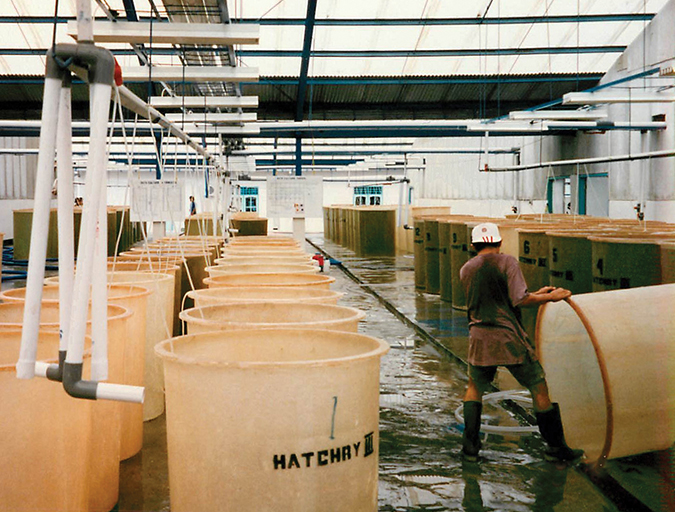
Health & Welfare
Vibrio control in shrimp farming: Part 1
Control of Vibrio bacteria should focus on minimizing overall bacterial loads and the potential for horizontal transmission. The challenge for hatchery managers is identifying gaps in biosecurity and plugging them without creating niches for other potential pathogens.
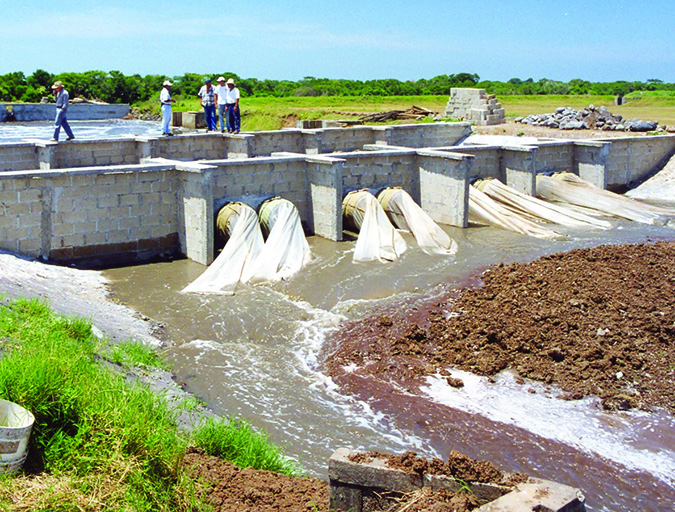
Health & Welfare
Vibrio control in shrimp farming: Part 2
Strategies to control Vibrio bacteria at aquaculture farms must revolve around limiting inputs, including those from postlarvae suppliers, those that come in with the water, those that remain in the soil between crops and those in the feed and accumulated organic matter.
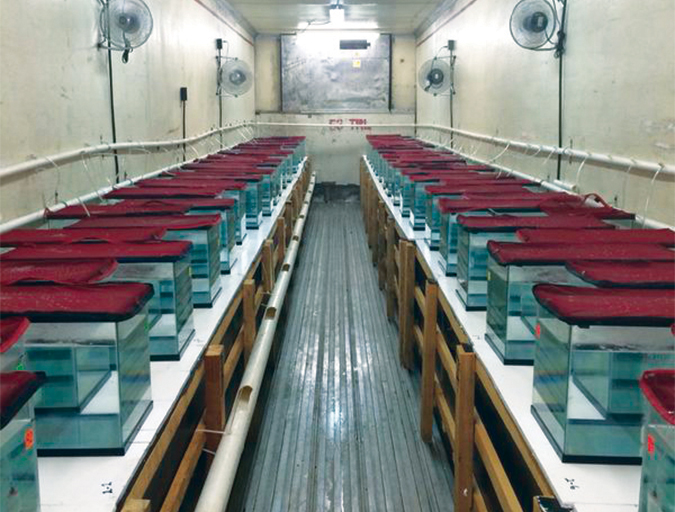
Health & Welfare
Genetic variation for resistance to WSS, AHPND in Pacific white shrimp
Selection for disease resistance has been used in breeding farm animals and can be a viable option to deal with white spot syndrome and acute hepatopancreatic necrosis disease in commercial shrimp culture. In trials, heritability for AHPND resistance was low, while that for WSS was moderate.
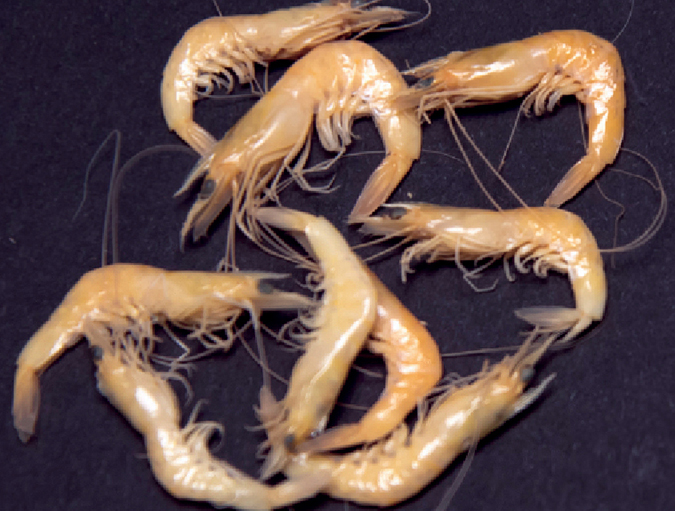
Health & Welfare
Limited decomposition enhances PCR detection of AHPND Vibrio in shrimp
A study confirmed the utility for improved polymerase chain reaction (PCR) detection of the Vibrio bacteria that cause acute hepatopancreatic necrosis disease (AHPND) in asymptomatic shrimp by permitting the shrimp to expire and decompose for several hours prior to preservation and PCR processing.
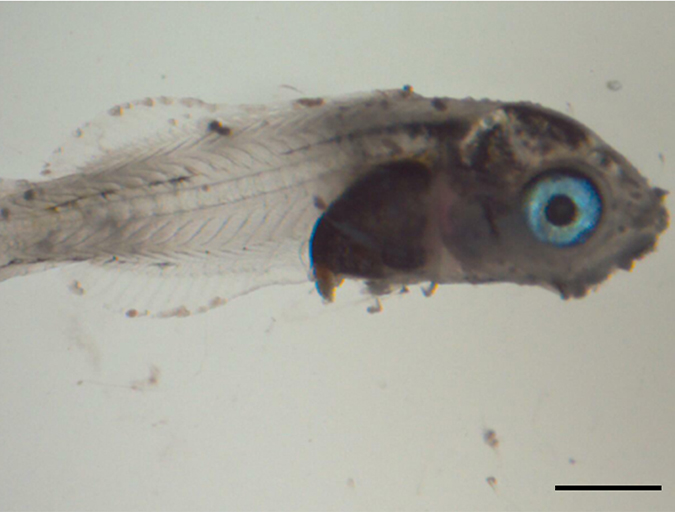
Health & Welfare
Emerging epitheliocystis disease in Mediterranean sparids caused by novel bacteria
Epitheliocystis is an emerging infection among farmed gilthead seabream and is also lethal in mesocosm cultures of sharpsnout seabream larvae. Two studies of this disease at sites in Greece and Crete have characterized the gill and skin cysts in more detail.


